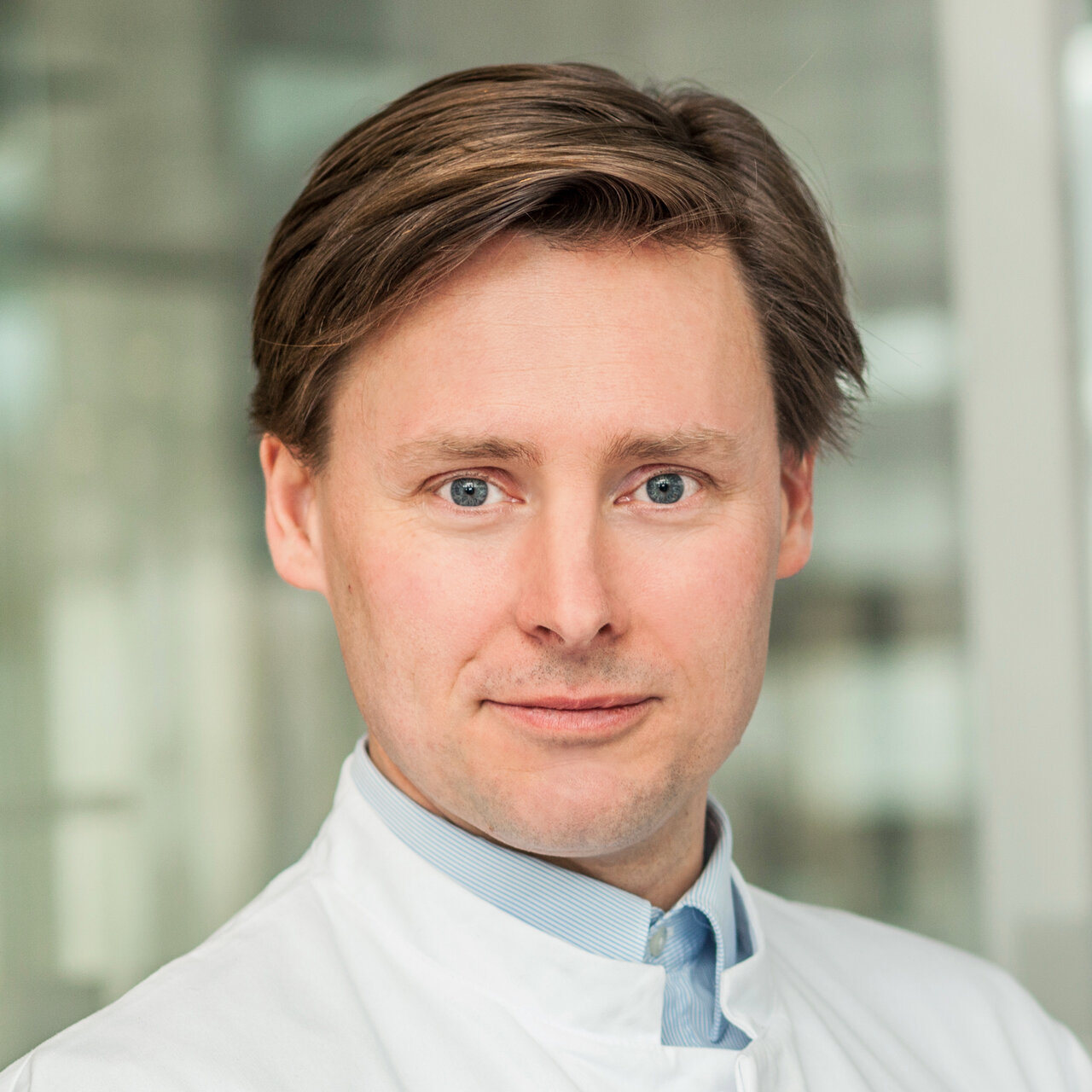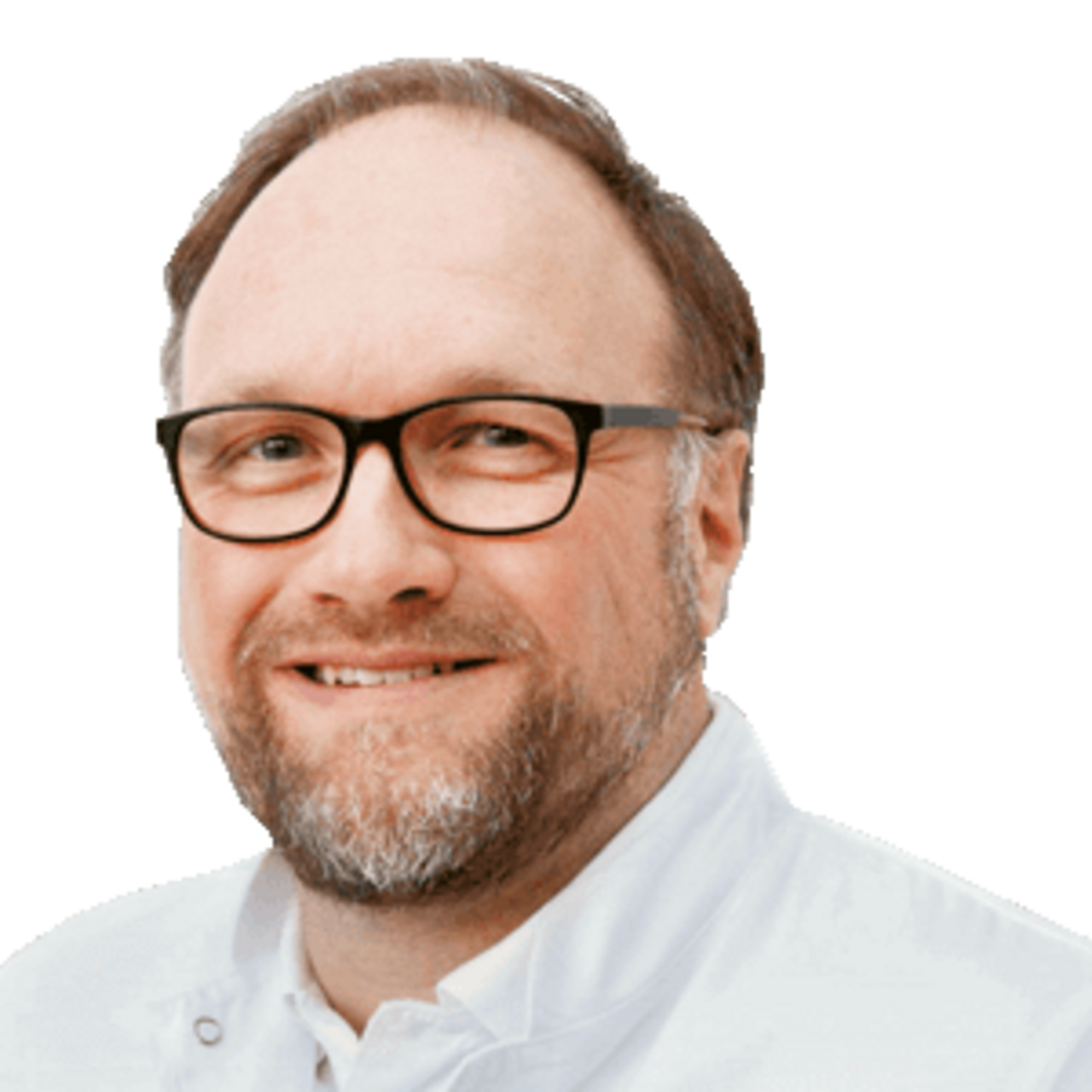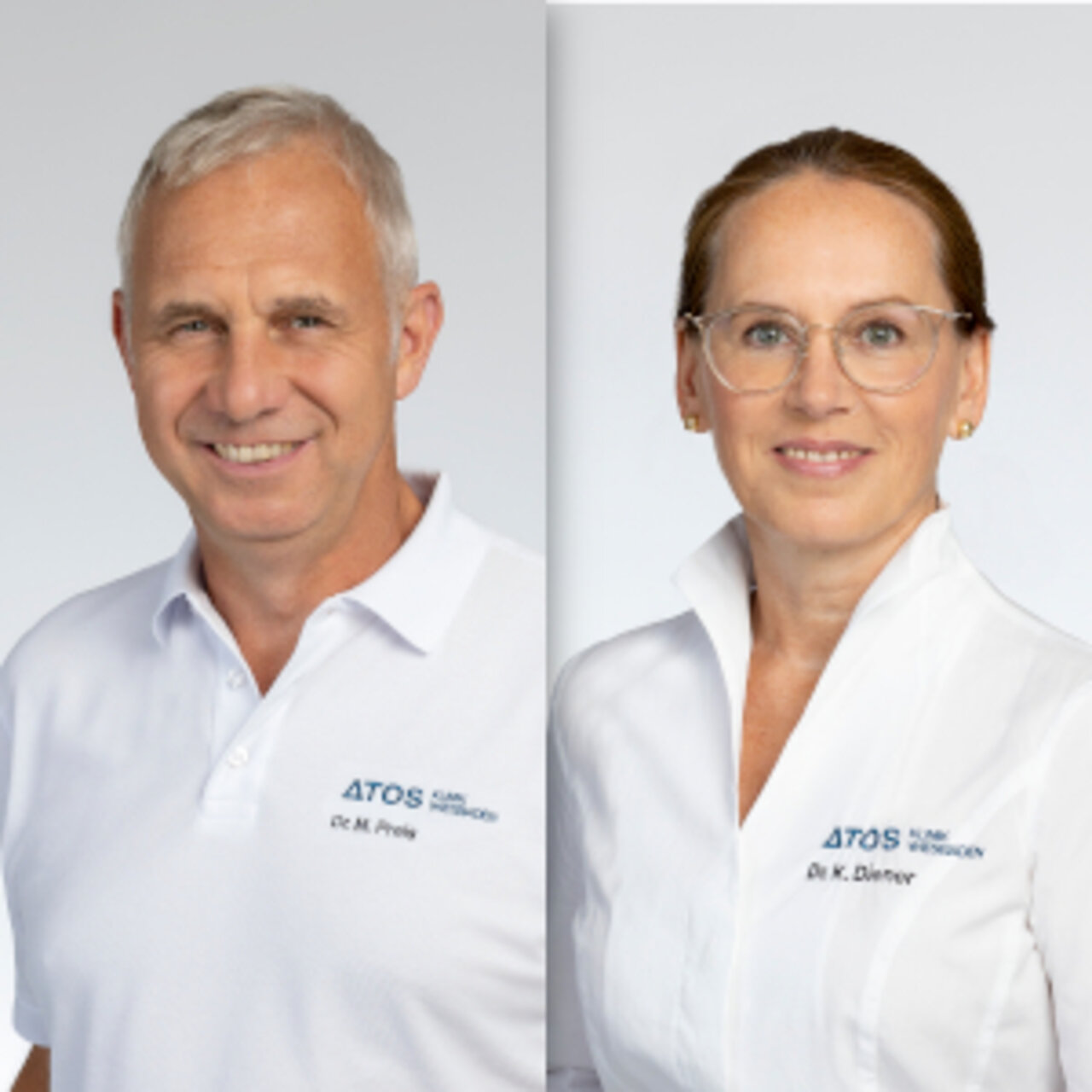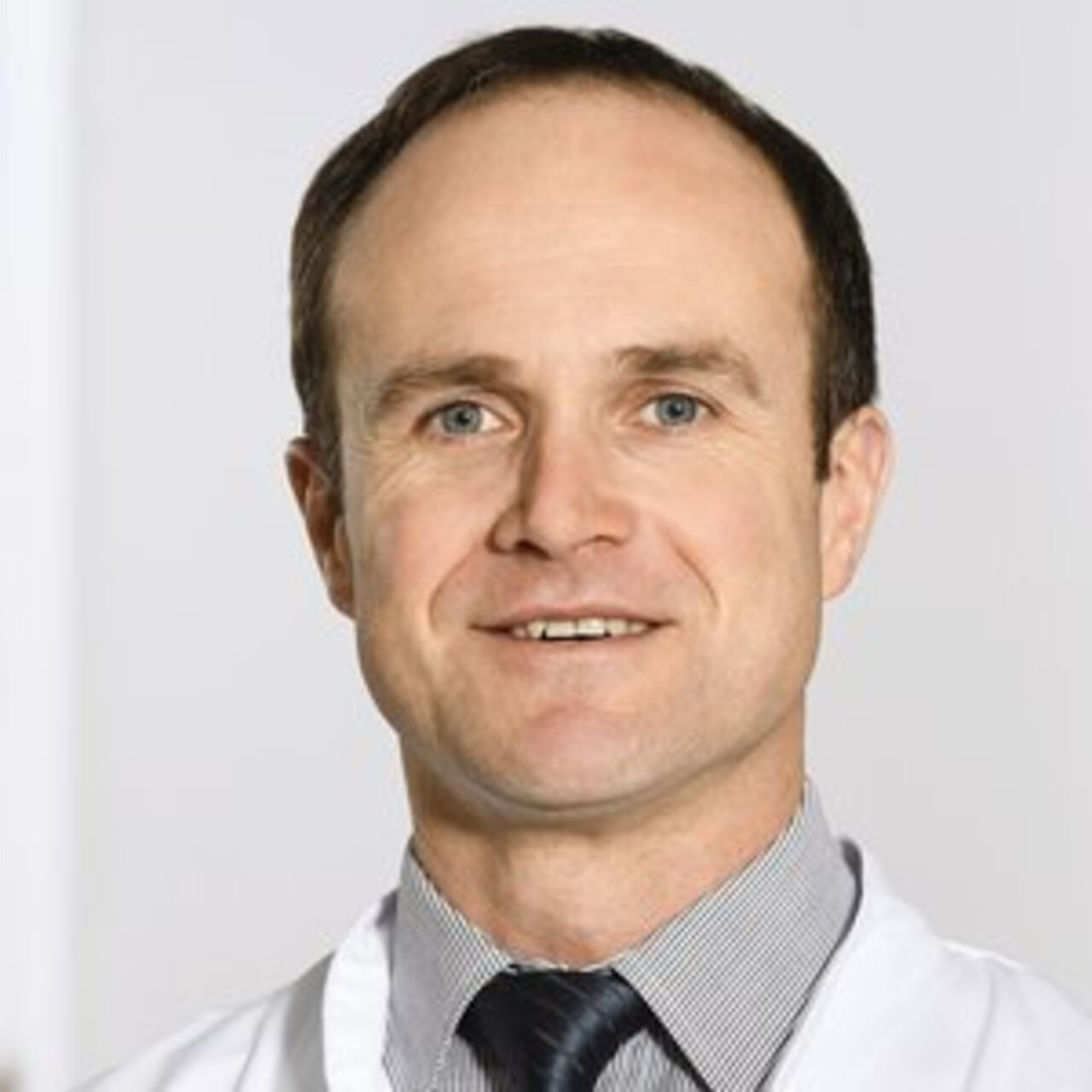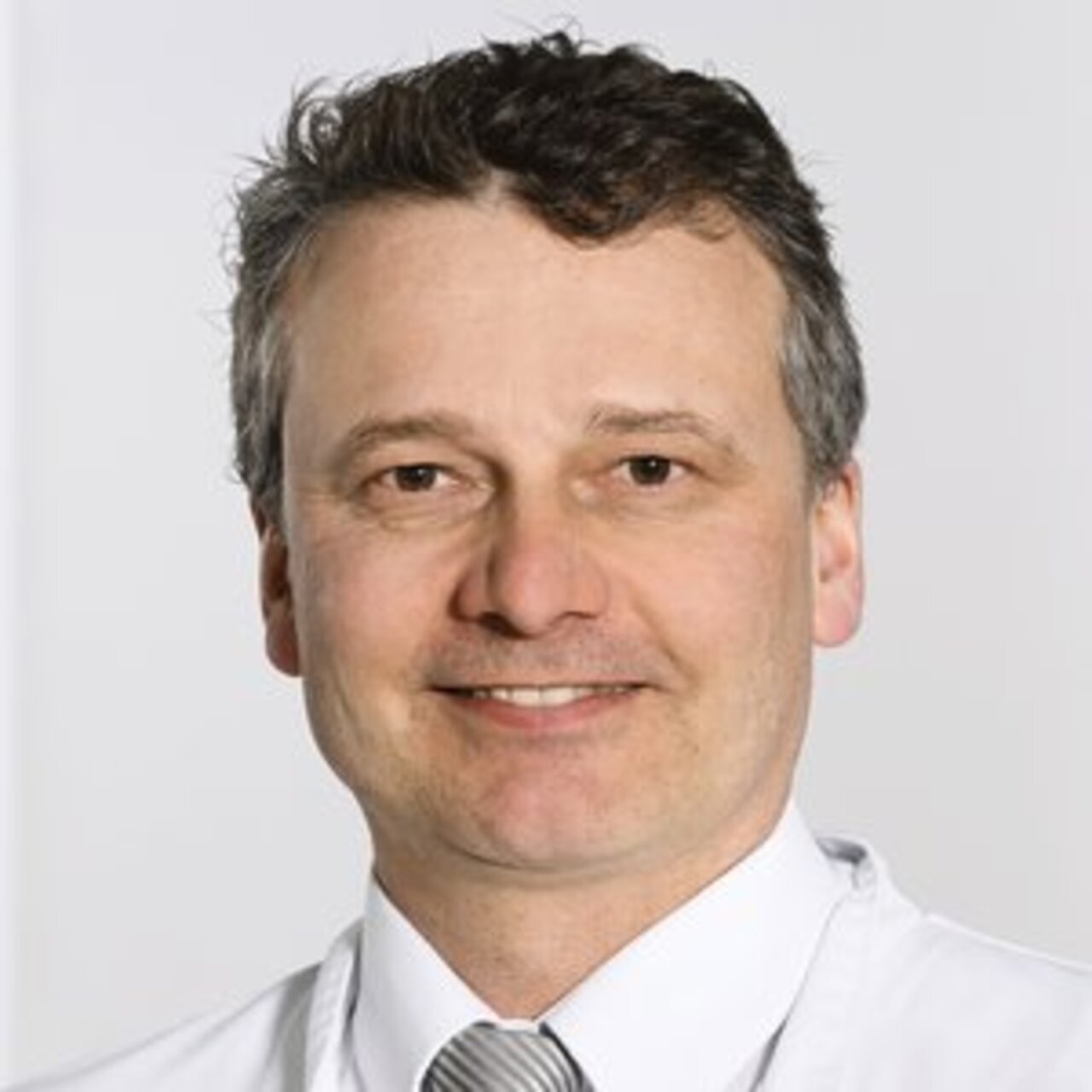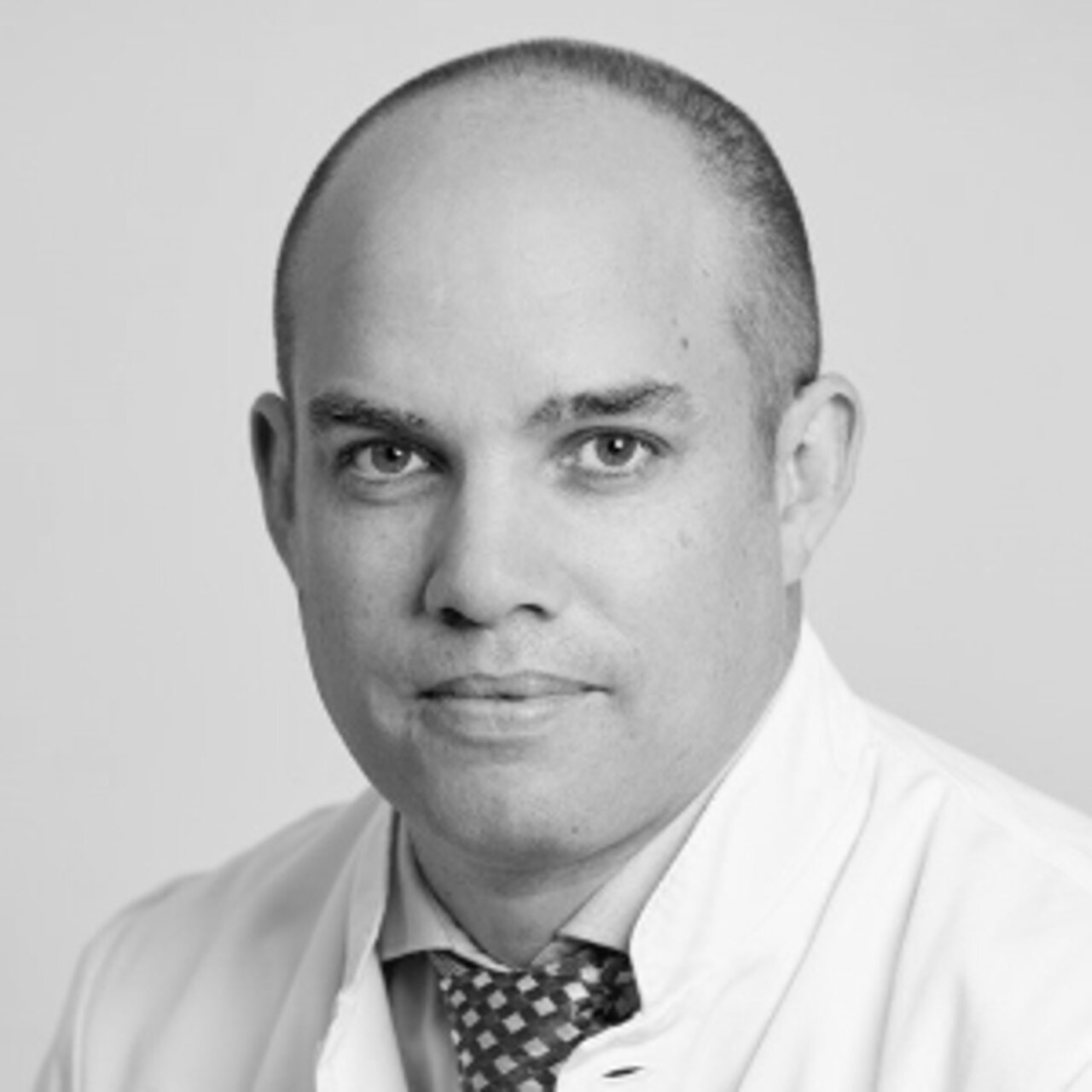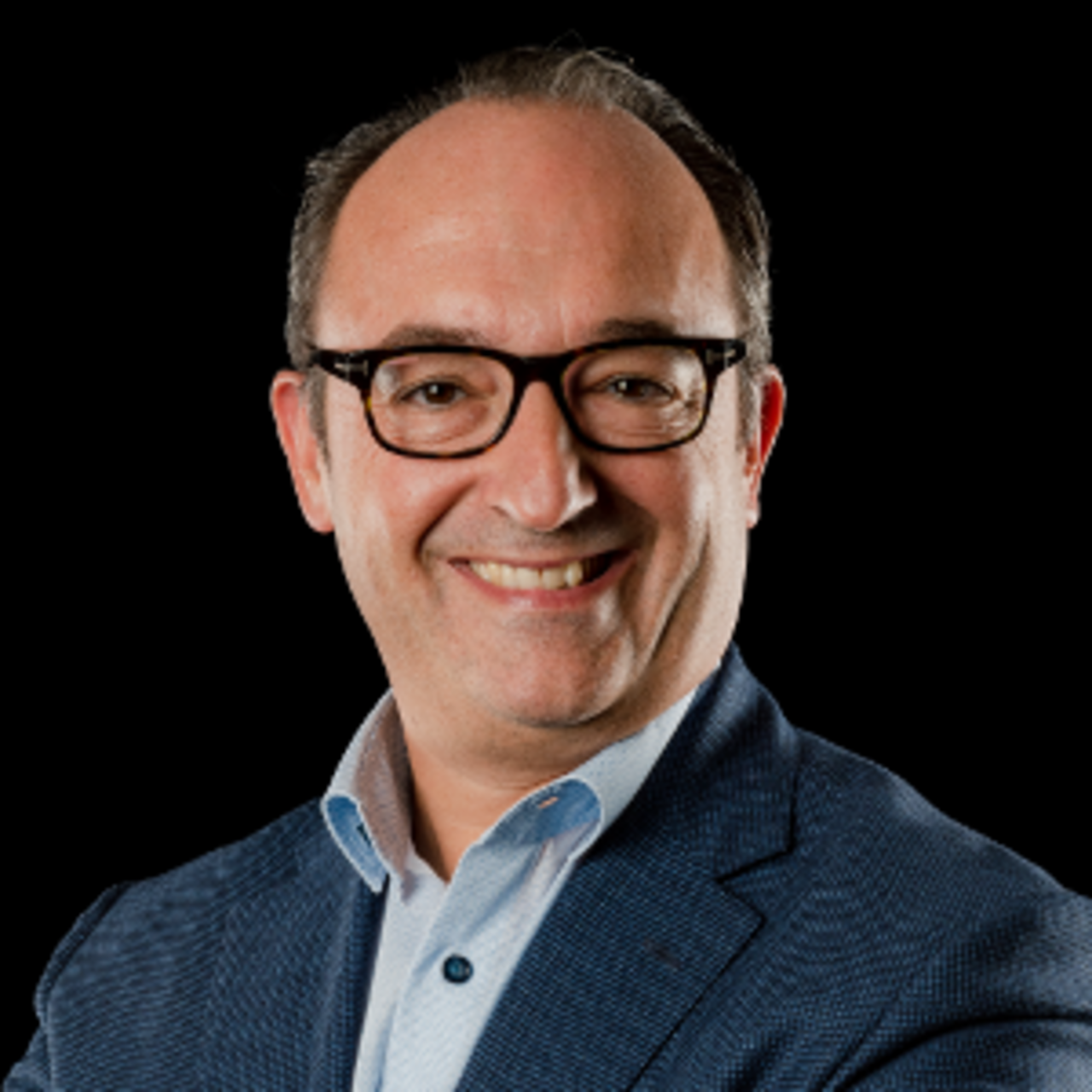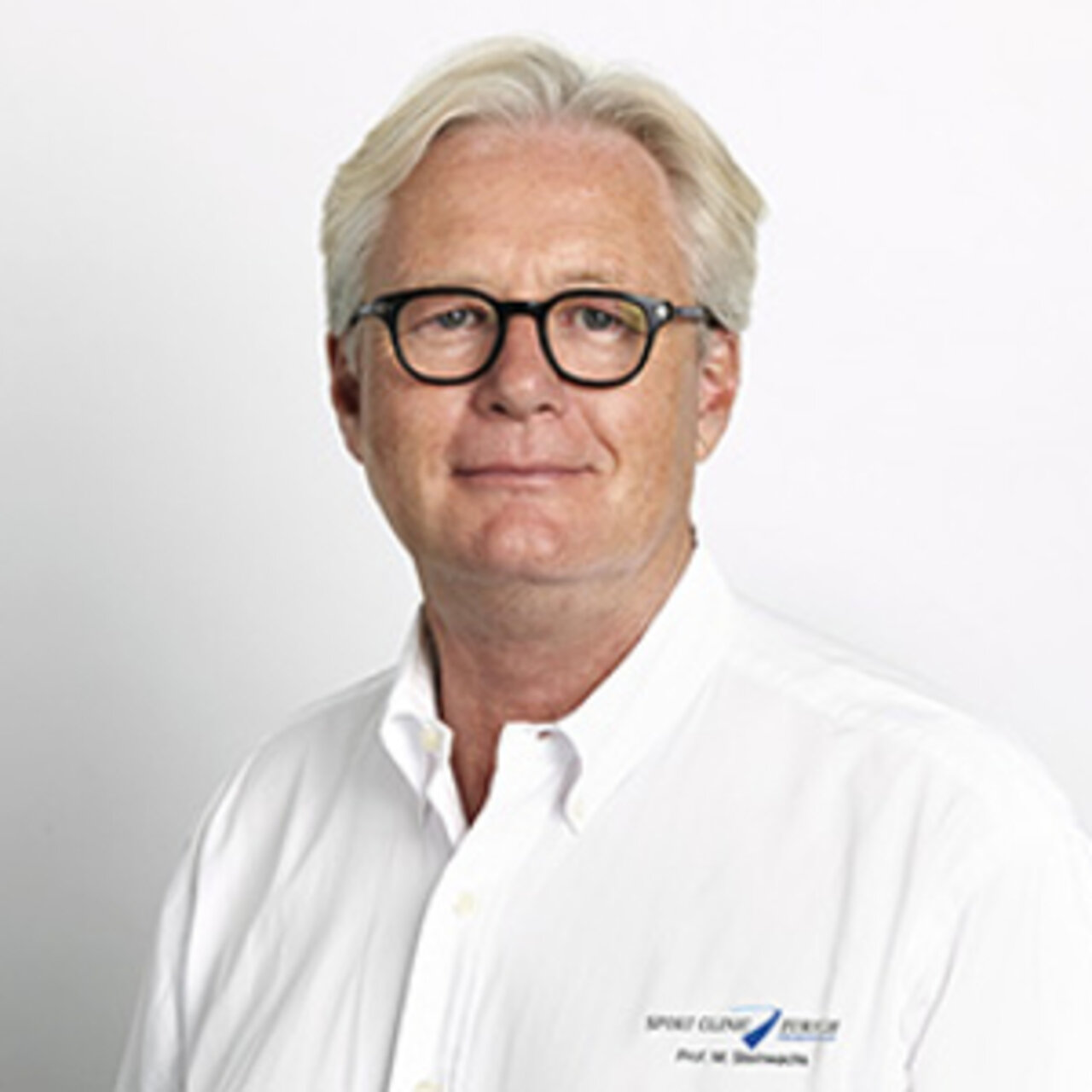Specialists in Osteotomy
11 Specialists found
Information About the Field of Osteotomy
What is an osteotomy?
During osteotomies, bones are surgically transected with precision and bone parts can be removed, if necessary. Osteotomies are often used to correct misaligned bones. The resulting bone surfaces can subsequently be precisely repositioned against one another and fixed with screws, plates or other material (so-called osteosynthesis). A number of methods are available which can either involve cutting the bone in a wedge shape or a complete transection of the bone, which enables repositioning of the bone in all axes.
Osteotomy of the tooth
The human teeth are firmly embedded in the lower as well as the upper jaw by their roots in bony grooves of the jaw that are called alveoli. Osteotomies are performed when roots of teeth, residual roots or teeth that have remained in the jaw impede nearby structures or cause inflammation.
Perhaps the best-known type of osteotomy is the surgical removal of wisdom teeth. Removing these teeth that are hidden in the jaw requires extraction of the roots of the teeth from the alveoli. This can be done in some cases by simply loosening the tooth, but oftentimes with firmly anchored wisdom teeth this is not sufficient. In this case, an osteotomy of the jawbone is necessary, during which bone tissue is resected with special instruments as needed until the tooth can be dislodged.
Osteotomy in orthopedics
In orthopedics, osteotomies can be used to correct all sorts of musculoskeletal deformities.
In particular, malpositions of the forefoot are frequently corrected surgically by osteotomies. For instance, for hallux valgus (malposition of the big toe), the so-called scarf osteotomy is an option among many other surgical possibilities. In this case, a Z-shaped cut is made through the first metatarsal bone followed by repositioning the bone surfaces until the correct axial position is obtained. For fixation, two small bone screws are implanted, and these can be left in the bone because they are not disturbing for most patients.
Realignment osteotomies are rather complex operations that mostly aim to correct the axial position of the larger joints of the lower extremity, in particular the knee joint. Patients with genu varum, better known as bow legs, for example, are usually suffering from wear and tear of the inside portion of their knee joint. So as to preserve the knee joint and take pressure off the inside, a realignment osteotomy can help certain patients. Using a wedge-shaped osteotomy at the head of the tibia or femur, the whole leg axis can be realigned to correct the knee joint. In most cases, the osteotomy is secured with plating and screws.
When is an osteotomy performed?
In orthopedics, osteotomies are done if patients have joint deformities that are correctable by changing the position of the bones. Besides the surgical operability, a healthy joint that justifies such a joint-preserving procedure is a prerequisite for a successful treatment.
In dentistry, osteotomies are carried out to remove teeth lying awkwardly or teeth remaining in the jaw, or to remove parts of the root to protect nearby teeth or to prevent inflammatory responses.
Procedure and duration
In orthopedic surgery, how long the procedure takes depends very much on the extent of the planned surgery. Although smaller operations like scarf osteotomies generally require under an hour, more complex operations such as realignment osteotomies to correct the leg axis or pelvic osteotomies can sometimes take several hours. There are differences in the surgical steps as well as for smaller osteotomies, regional anesthesia by numbing the corresponding nerves may be sufficient, while major osteotomies are nearly exclusively realized under general anesthesia. The procedure of orthopedic surgery, nevertheless, usually follows a basic similar scheme. Following disinfection of the surgical site, it is covered with sterile drapes. Depending on the planned procedure, the skin incision can be larger or smaller, as well as single or multiple. Subsequently, the soft tissues such as muscle or fatty tissue are dissected to expose the bone. Using a bone saw, the surgeon then makes starts to cut through the bone. In the case of major surgery, an intraoperative imaging procedure ( e.g. X-ray) will often be used to verify the bone position that has been achieved. During this procedure, patients are protected from the harmful rays by protective mats. Once the correct position is achieved, various implants are inserted into the bone, such as screws, wires or plates. After suturing the soft tissues, also the skin incision is closed and the wound is dressed in a sterile way.
Also in dentistry there are different methods, during which the undertaken steps as well as the required time are dependent on various factors, for example, the position of the tooth within the jaw. Generally, after rinsing the mouth thoroughly with a disinfecting solution, the local anesthetic is injected. Sedation or general anesthesia may or may not be given, based on the extent of the procedure, but also at the patient's request. Next, the gum is incised and the respective part of the jaw is exposed. Using specialized drills or burs, parts of the bone can now be precisely removed to reveal the root of the tooth. After properly mobilizing the tooth, it can be extracted. After irritating bony remnants of the jaw are evened out, the gum can be closed with stitches.
Risks and healing process
Any medical procedure carries certain risks that can be greatly minimized by precise and careful intervention by experienced personnel, but can never be completely ruled out.
During surgery, nerves, soft tissues or blood vessels may be damaged and there may be bleeding. Following the operation, there is often pain and swelling of the affected tissue. Moreover, patients are at risk of infections, wound healing disorders, post-operative bleeding or excessive scarring. Particularly during dental operations, damage to healthy necks and crowns of teeth can be sustained along with damage to the jaw joint as a result of manipulation of the jaw. Orthopaedic osteotomies with subsequent osteosynthesis may lead to loosening of the implanted material. This slows healing, leads to instability and may cause recurrence of deformity.
For this reason, during the first few days after such operations, patients are advised to rest physically and follow medical instructions provided by their physician as well as to stick to the medication and physiotherapy plan.
Which doctors and clinics specialize in osteotomies?
If you're in need of a doctor, you expect the best medical care possible. So of course patients are curious to find out what clinic to go to. As there is no objective way to answer this question and a legitimate doctor would never claim to be the best, patients must rely on a doctor's experience.
Let us help you find an expert for your condition. All listed doctors and clinics have been reviewed by us for their outstanding specialization in the field of osteotomy and are looking forward to your inquiry or wish for treatment.

